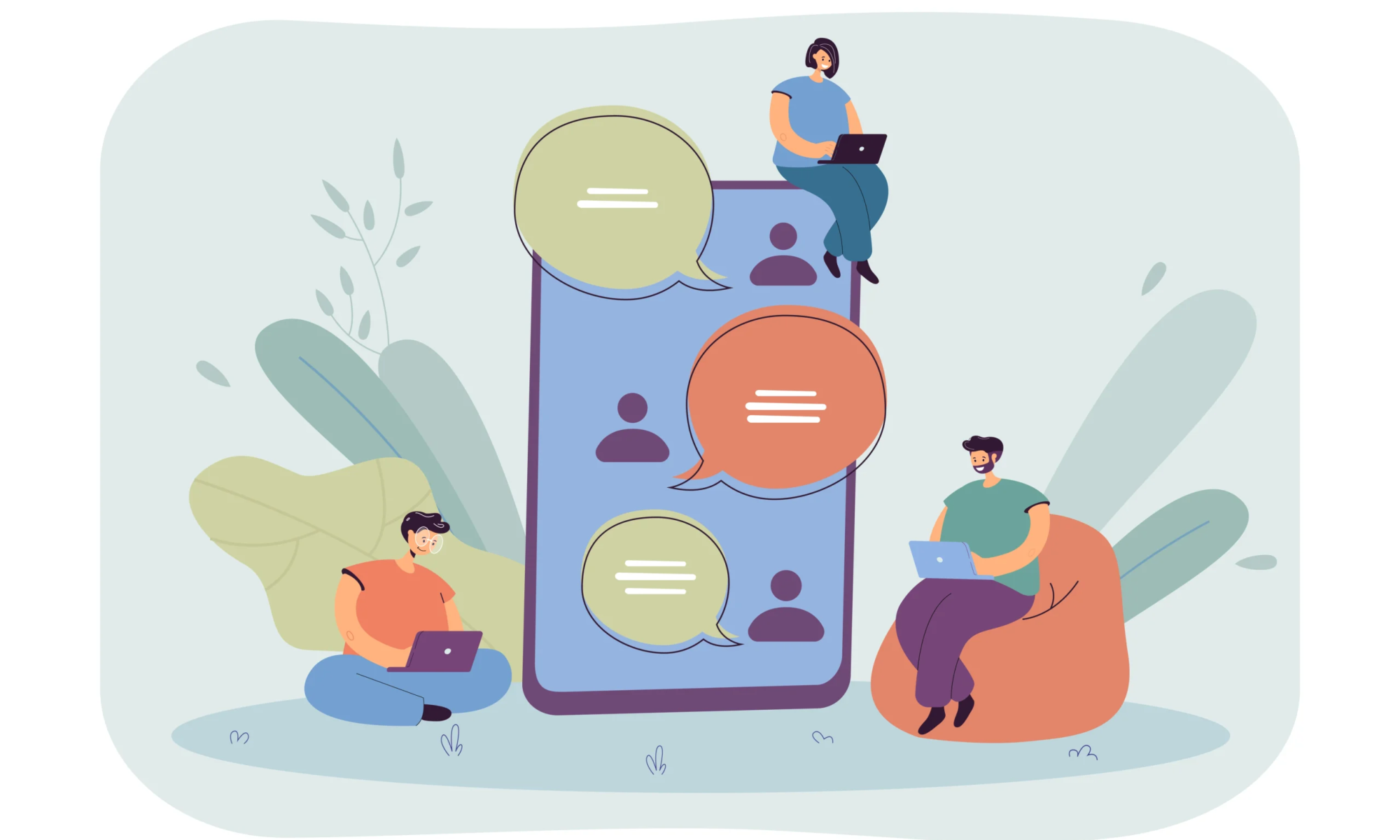As an experienced writer, I’m excited to share with you the latest developments in the world of artificial intelligence (AI) and its impact on older-generation Android devices. In this article, we’ll explore the groundbreaking Google Gemini AI app and how it is revolutionizing the way users can harness the power of AI on their older smartphones and tablets.
Introduction to Google’s Gemini AI App
Google’s Gemini AI app is a cutting-edge, AI-powered assistant that has been making waves in the tech industry. Designed to be a game-changer, Gemini AI offers a wealth of features and capabilities that can significantly enhance the user experience on a wide range of Android devices, including those from older generations.
The Features and Capabilities of Gemini AI
Gemini AI is a powerful AI assistant that can perform a diverse array of tasks, from voice-controlled commands and natural language processing to image recognition and advanced data analysis. Some of the key features of Gemini AI include:
- Voice-Controlled Commands: Gemini AI allows users to issue voice commands to perform a variety of actions, such as setting reminders, scheduling appointments, and even controlling smart home devices.
- Natural Language Processing: The app’s advanced natural language processing capabilities enable users to interact with Gemini AI using conversational language, allowing for more intuitive and seamless interactions.
- Image Recognition: Gemini AI can analyze and identify objects, people, and scenes in images, making it a powerful tool for tasks like visual search, object detection, and image-based decision-making.
- Data Analysis: The app’s AI-powered data analysis capabilities can help users extract insights from complex datasets, making it a valuable tool for business intelligence, research, and decision-making.
- Personalized Recommendations: Gemini AI can learn from user behavior and preferences to provide personalized recommendations for content, products, and services, enhancing the overall user experience.
Compatibility of Gemini AI with Older-Generation Android Devices
One of the most exciting aspects of Gemini AI is its ability to run on older-generation Android devices. Unlike many AI-powered apps that require the latest hardware and software, Gemini AI has been designed to be compatible with a wide range of Android devices, including those that are several years old.
This compatibility is made possible through the app’s efficient use of system resources and its optimization for older hardware. By leveraging the latest advancements in AI and machine learning, Gemini AI is able to deliver a smooth and responsive user experience even on older Android devices, unlocking new possibilities for users who may have been hesitant to adopt
AI-powered technologies due to compatibility concerns.
Benefits of Using Gemini AI on Older Devices
The ability to use Gemini AI on older-generation Android devices brings a wealth of benefits to users. Some of the key advantages include:
- Extending the Lifespan of Older Devices: By providing access to cutting-edge AI features, Gemini AI can help extend the useful life of older Android devices, allowing users to continue to leverage their existing hardware investments.
- Cost Savings: Users who opt to use Gemini AI on their older devices can avoid the need to upgrade to newer, more expensive smartphones or tablets, resulting in significant cost savings.
- Improved Productivity and Efficiency: Gemini AI’s powerful features can enhance productivity and efficiency, enabling users to accomplish tasks more quickly and effectively, even on older hardware.
- Enhanced User Experience: Despite running on older devices, Gemini AI delivers a seamless and responsive user experience, ensuring that users can enjoy the benefits of AI-powered technologies without compromising on performance.
How to Download and Install Gemini AI on Older Android Devices
Downloading and installing Gemini AI on older Android devices is a straightforward process. Users can simply visit the Google Play Store, search for “Gemini AI,” and download the app. The installation process is quick and easy, and the app is designed to be user-friendly, even for those who may not be tech-savvy.
Once installed, users can begin exploring the app’s features and capabilities, customizing the settings to suit their individual needs and preferences. Gemini AI also offers comprehensive in-app tutorials and support resources to help users get the most out of the app, ensuring a smooth and enjoyable experience.
Tips and Tricks for Using Gemini AI Effectively
To help users get the most out of Gemini AI on their older Android devices, here are some tips and tricks to keep in mind:
- Optimize Device Settings: Ensure that your older Android device is running the latest available software updates and has sufficient storage and memory capacity to support the app’s performance.
- Leverage Voice Commands: Take advantage of Gemini AI’s voice-controlled features to streamline your daily tasks and boost productivity, especially if your device’s physical input methods are limited.
- Customize the User Interface: Explore the app’s customization options to tailor the user interface to your preferences, ensuring a personalized and efficient experience.
- Utilize Personalized Recommendations: Allow Gemini AI to learn your preferences and habits to receive tailored recommendations for content, products, and services that can enhance your overall user experience.
- Stay Up-to-Date with Gemini AI Updates: Keep an eye out for app updates, as they may introduce new features, bug fixes, and performance improvements that can further enhance your experience on older Android devices.
Case Studies of Individuals or Businesses Using Gemini AI on Older Devices
To illustrate the real-world impact of Gemini AI on older-generation Android devices, let’s explore a few case studies:
- Sarah, a Freelance Graphic Designer: Sarah, a freelance graphic designer, had been using an older Android tablet for her work. With the introduction of Gemini AI, she was able to leverage the app’s image recognition and data analysis capabilities to streamline her design process, quickly identify design trends, and make more informed decisions, all without the need to upgrade her tablet.
- John, a Small Business Owner: John, the owner of a small retail store, had been using an older Android smartphone to manage his business operations. With Gemini AI, he was able to automate various tasks, such as inventory tracking, customer relationship management, and even voice-controlled store operations, allowing him to increase efficiency and focus on growing his business.
- The Smith Family: The Smith family, with their older Android smartphones and tablets, embraced Gemini AI to enhance their daily lives. They used the app’s voice commands to set reminders, control their smart home devices, and even access personalized recommendations for entertainment and educational content, making their daily routines more streamlined and enjoyable.
These case studies demonstrate the versatility and adaptability of Gemini AI, showcasing how users from diverse backgrounds can leverage the app’s capabilities to enhance their productivity, efficiency, and overall user experience, even on older-generation Android devices.
Future Possibilities and Advancements for Gemini AI
As the technology behind Gemini AI continues to evolve, the possibilities for its future advancements are truly exciting. Some of the potential areas of development include:
- Increased Device Compatibility: As Google continues to refine and optimize Gemini AI, the app may become compatible with an even wider range of Android devices, including those from even older generations, further extending its reach and impact.
- Enhanced Artificial General Intelligence (AGI) Capabilities: Gemini AI’s current AI capabilities are impressive, but the future may hold the development of more advanced AGI technologies that can tackle an even broader range of tasks and challenges.
- Seamless Integration with Existing Ecosystems: Gemini AI may see improved integration with other Google and Android-based services, allowing for a more cohesive and seamless user experience across multiple devices and platforms.
- Improved Personalization and Contextual Awareness: Advancements in machine learning and natural language processing could lead to even more personalized and contextually aware experiences, tailored to the unique needs and preferences of each user.
- Expanded Applications in Various Industries: As Gemini AI’s capabilities continue to grow, the app may find new applications in diverse industries, such as healthcare, education, finance, and beyond, further demonstrating the transformative power of AI on older-generation devices.
Conclusion: Harnessing the Power of AI on Older-Generation Android Devices
In conclusion, the introduction of Google’s Gemini AI app has truly revolutionized the way users can leverage the power of artificial intelligence on their older-generation Android devices. By offering a wide range of advanced features and capabilities, Gemini AI empowers users to enhance their productivity, efficiency, and overall user experience, all while extending the lifespan of their existing hardware investments.
As we’ve explored in this article, the benefits of using Gemini AI on older Android devices are numerous, from cost savings and improved productivity to a more personalized and enjoyable user experience. With its user-friendly interface, comprehensive support resources, and ongoing advancements, Gemini AI is poised to continue transforming the way we interact with our smartphones and tablets, regardless of their age or technical specifications.
If you’re the owner of an older-generation Android device and are interested in unlocking new possibilities with AI, I encourage you to download and try the Gemini AI app today. With its seamless compatibility and powerful features, you can experience the future of AI-powered technology on your existing hardware. Visit the Google Play Store to get started and take the first step towards a more efficient and enriched digital life.




